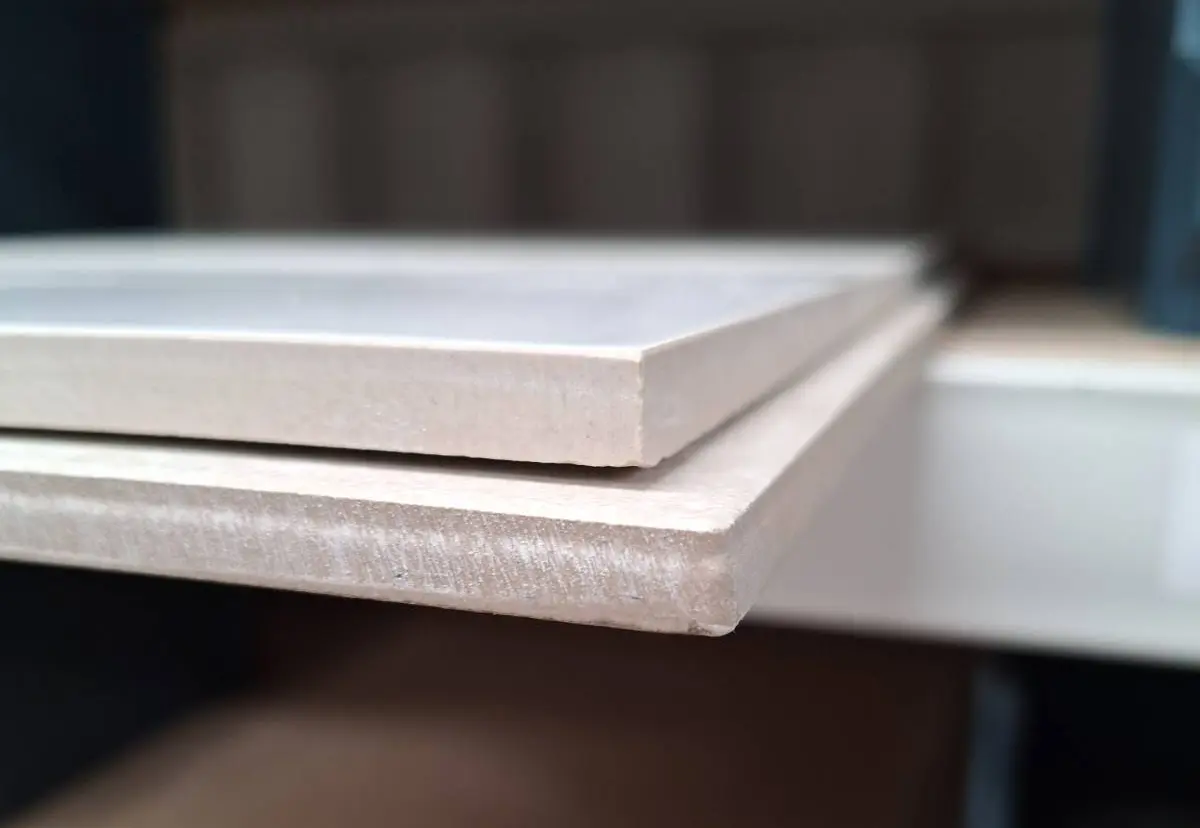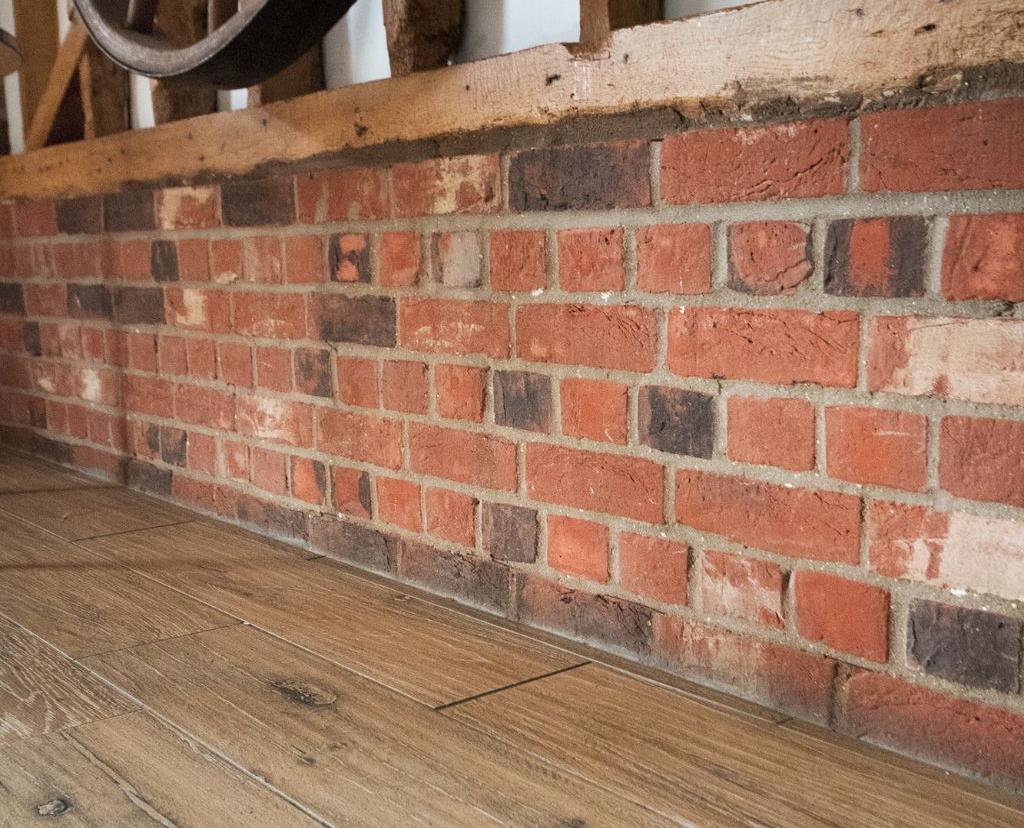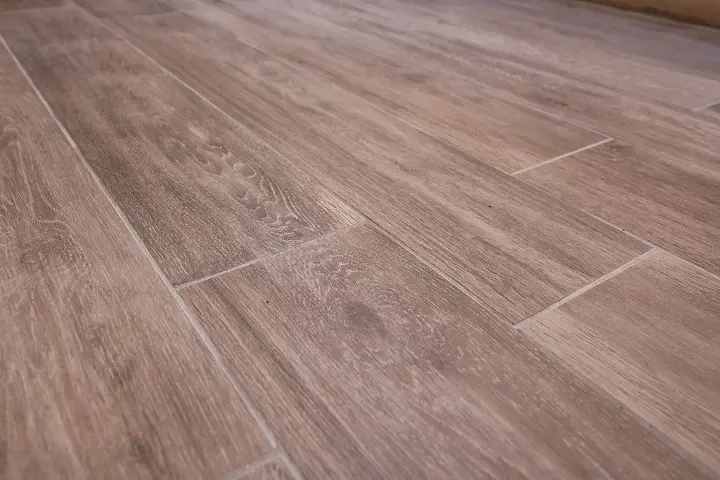When creating the floor of your dreams, you may be on a budget and come across a tile with an unrectified option which is a cheaper option. It may be the cheapest option but it may not be the option you actually want.
What is the difference between unrectified and rectified?
Porcelain tiles are fired in a kiln, and during the firing
process, some tiles shrink more than others. Consistent sizing is achieved with rectified tiles by
cutting a few mm off all edges of unrectified tiles. So the tiles then come out the same size and with precisely straight edges.

The top tile is rectified, it has a cut edge and the tile below is unrectified and is as it is when it comes out of the mould in the factory. The unrectified tile has a bevelled edge.
When making the choice on whether to choose unrectified or rectified, it is important to understand a few aspects.
First of all sizing:
Unrectified - If left unrectified, prior to packing, they are sorted into size order, and a rectification code/batch number is written on the box. Therefore, it is essential if using unrectified tiles to record the rectification number. Then, if you need to order additional tiles for the same area, you quote this number to your supplier, otherwise they won’t be the same size.
Rectified - as mentioned above, to acquire consistent sizing, the unrectified tiles' edges have a few millimeters taken off all edges. Another important point to note, is that this means that in most cases porcelain tiles are not exactly ie. 600 x 600; they are more likely to be 595 x 595. It is critical to take this into account when designing/setting out a room. This becomes even more critical when running tiles from inside to outside ie. With bi-fold doors, if you are trying to line the joints up between 1cm and 2cm tiles, as they may not be rectified to the same dimensions. Please make sure you check the tile sizes prior to installation on a project by project basis so you don't end up making mistakes.
Secondly, the look you are trying to create:
With unrectified tiles, as the edges are not completely straight, having more of a beveled edge, you will need to lay a wider grout joint. This looks fine in some environments, eg. a farmhouse/country style or a more traditional/historical look.

With rectified tiles, you will be able to lay to a 2mm grout joint, keeping edges very sharp and neat. This suits a minimilist/modern look or in an area where you don't want grout lines to be the focus.

Thirdly, the laying pattern you are using:
If you are wanting to lay the tiles square, with an unrectified tile you need to consider that the lines may not line up easily, this may work fine with a more tumbled edge where you want this look. However with a rectified tile it will all match up and you will be able to get that straight symmetrical look.
Detail is important so make sure you make the right choice when choosing your floor. If you get it right, a little extra cost or time making the right decisions will far outweigh any time and money it takes rectifying mistakes.


No3. Tips and Advice: Should I choose rectified porcelain or unrectified porcelain?